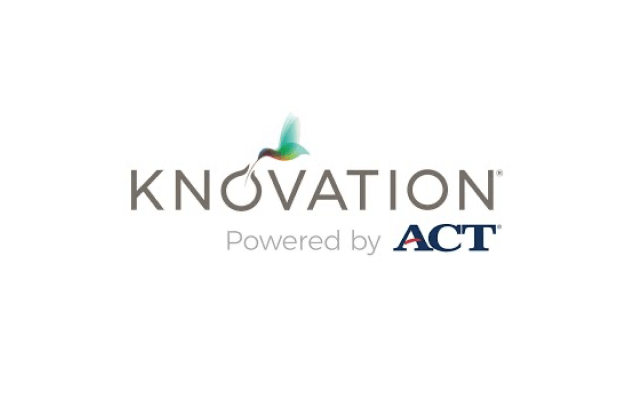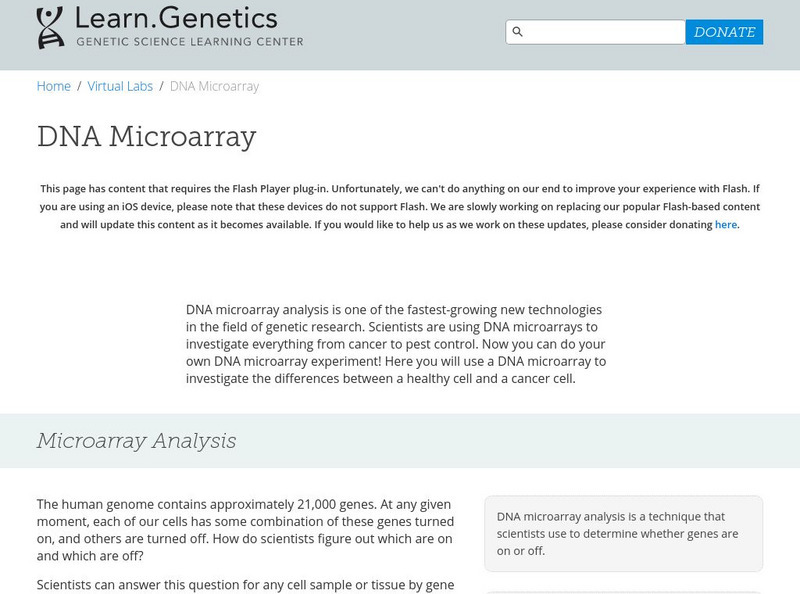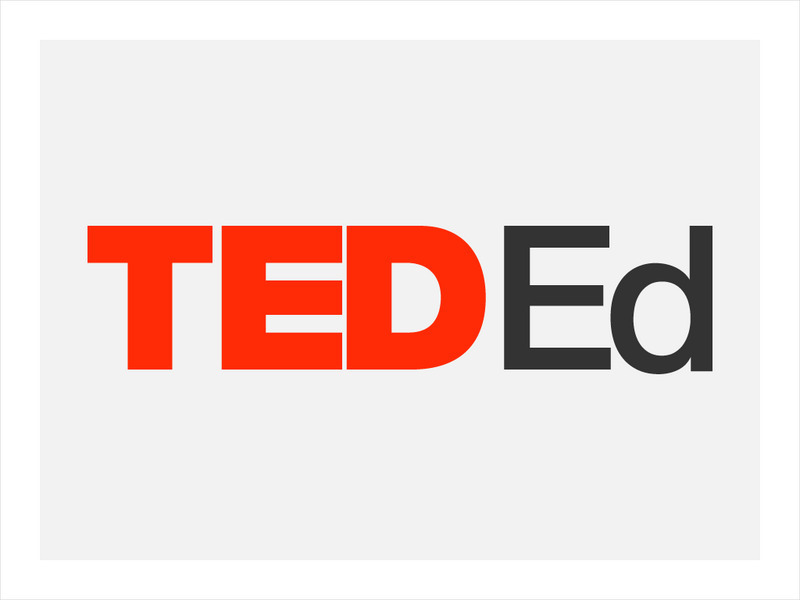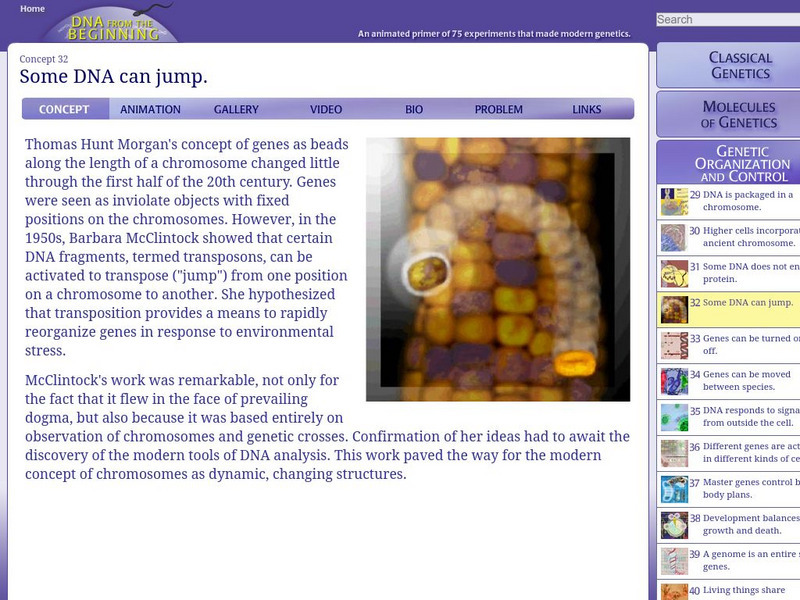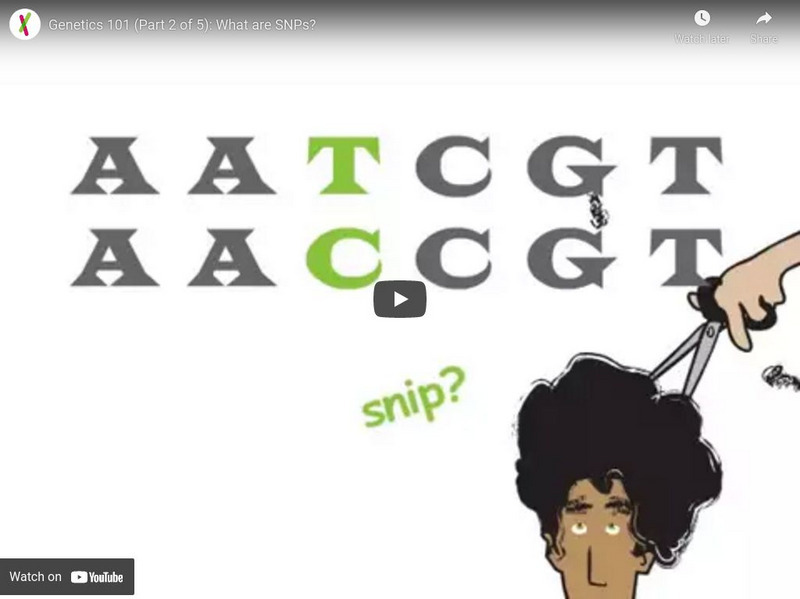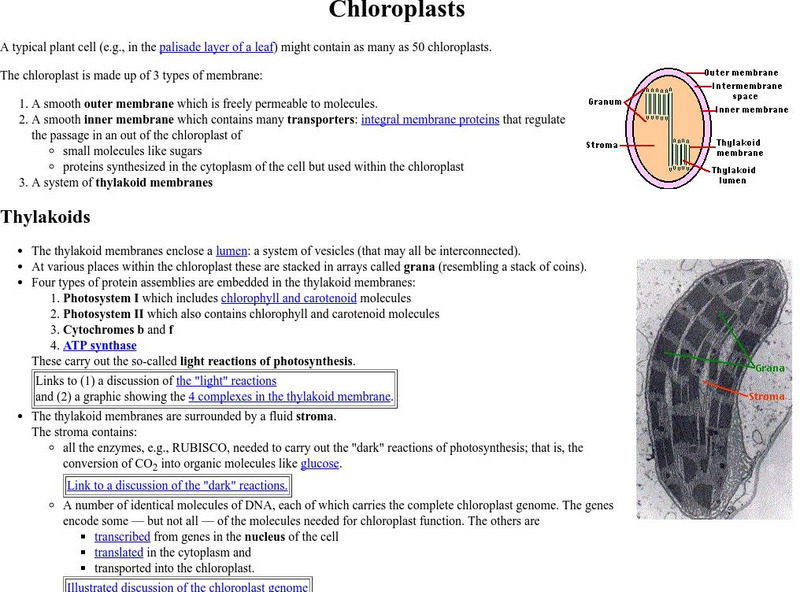Genomics Teacher Resources
Find Genomics lesson plans and worksheets
Showing 530 resources
National Institutes of Health
United States National Library of Medicine
Home page of United States Department of Health and Human Services and the National Library of Medicine. All medical information contained in the Medline search engine comes from this, one of the world's largest medical libraries.
PBS
Pbs: Inside Itest
This site features participants in the National Science Foundation's Innovative Technology Experiences for Students and Teachers program to show how they are learning science by doing it. The videos provide ideas for teachers to use in...
National Human Genome Research Institute
Nhgri: Talking Glossary of Dna Replication
The National Human Genome Research Institute's Genetic and Molecular Biology Branch provides this great multimedia site for information on DNA replication. Click on the explanation and if you have Real PLayer you will listen to an...
Science Education Resource Center at Carleton College
Serc: Bioinformatics
This exercise contains two interrelated modules that introduce students to modern biological techniques in the area of Bioinformatics, which is the application of computer technology to the management of biological information. The need...
Concord Consortium
Concord Consortium: Geniverse Software
A collection of virtual labs focusing on genetic activities relating to a made up dragon genome. Students explore how inheritance works by studying different cases and running breeding experiments. By changing alleles, students perform...
Other
Canal Kids: Biodiversidade (Biodiversity in Portuguese)
A look at biodiversity geared toward younger students but with very good subject depth. Topics include the human genome, water, soil and wind, pollution, and reckless exploration of the rainforest. In Portuguese.
Other
Canal Kids: Ciencias (Science for Portuguese Speakers)
Colorful, engagingly written information about astronomy and biology for Portuguese-speaking English language learners. Both subjects are broken down into a broad array of related subtopics. The biology section is particularly helpful...
National Health Museum
Access Excellence: James Watson
Excellent overview of the scientific career of James Watson. Includes a black and white photo. This site also offers links to information on Rosalind Franklin, Linus Pauling, and the Human Genome Project.
Oak Ridge National Laboratory
Ornl: Genetics Privacy and Legislation
Resource outlines issues related to genetic information and technologies derived from the Human Genome Project. Government policy, legislation and discrimination issues are highlighted.
BBC
Bbc: Gcse Bitesize: Genetic Inheritance
This lesson focuses on genetic inheritance including defining key terms such as chromosomes, alleles, DNA, genes, genome, and more. Links to a video and a test are provided.
TED Talks
Ted: Ted Ed: Mammoths vs. Mastodons: What's the Criteria for De Extinction?
There's been a lot of talk and research interest around the possibility of resurrecting certain organisms (or, at least their genomes) from extinction, with Woolly Mammoths being prime candidates for such an endeavor. But what about a...
PBS
Pbs Learning Media: The Human Face of Big Data: Personalized Medicine
We're moving into a person-centric world where people and medical providers have access to genetic data. When a person's genome is sequenced, the known differences can help doctors predict their risk for disease, whether or not they are...
Centers for Disease Control and Prevention
Centers for Disease Control: Health Topic: Women's Health
From assisted reproductive technology to women's safety and health issues at work, the Centers for Disease Control and Prevention covers many women's health issues.
University of Utah
University of Utah: Dna Mircoarray Virtual Lab
This interactive lab will enhance learning about DNA by virtually translating a gene.
TED Talks
Ted: Ted Ed: Dna: The Book of You
This video explains how DNA works and what it does, relating it to an instruction manual for building an organism. [4:29] Followed by a short quiz and a list of additional resources to explore.
Cold Spring Harbor Laboratory
Dna From the Beginning: Some Dna Can Jump
This article contains information on how DNA is repaired to prevent mutated damage from interrupting DNA processes.
National Science Foundation
National Science Foundation: Science Behind the News: Tomato Decoded
Scientists from fourteen countries work together to decode the genetic make-up of the tomato. They want to learn which genes control which characteristics, such as flavour, shape, colour, nutritional values, etc. The video looks at the...
Cold Spring Harbor Laboratory
Dna Interactive: Chronicles
By looking at the history of genetic engineering, this site hopes to show where eugenics has gone wrong and where we have an opportunity to make it right.
Oak Ridge National Laboratory
Ornl: Pharmacogenomics
Explains in clear language how drugs might be tailor made for individuals genetic make-up. Background and supporting information for this cutting edge topic is very good.
Khan Academy
Khan Academy: Heredity and Genetics: Genetics 101 Part 2: What Are Sn Ps?
Learn about the variations in human DNA called SNPs, and how they can be used to understand relationships between people. [2:01]
Other
Mitk12 Videos: #Ask Mit: Could You Make a Unicorn by Crossing Dna?
Biologist, Dr. Sera Thornton entertains the question, "Is there any way to make a unicorn by crossing DNA?" [2:46]
National Institutes of Health
U.s. National Library of Medicine: What Is Dna?
Scientific information about the hereditary material in all living things, DNA. Also includes links to fact sheets for quick reference.
Biology Pages
Kimball's Biology Pages: Chloroplasts
This site touches on all the high points of chloroplasts. Includes pictures and diagrams, as well as links to more detailed information.
National Institutes of Health
Niehs: Kids' Pages: You and Your Genes
Online children's story that teaches about genes and how they direct how you react to things in your environment. Click on "next" at the bottom of the story to see how different people respond differently to harmful substances.



